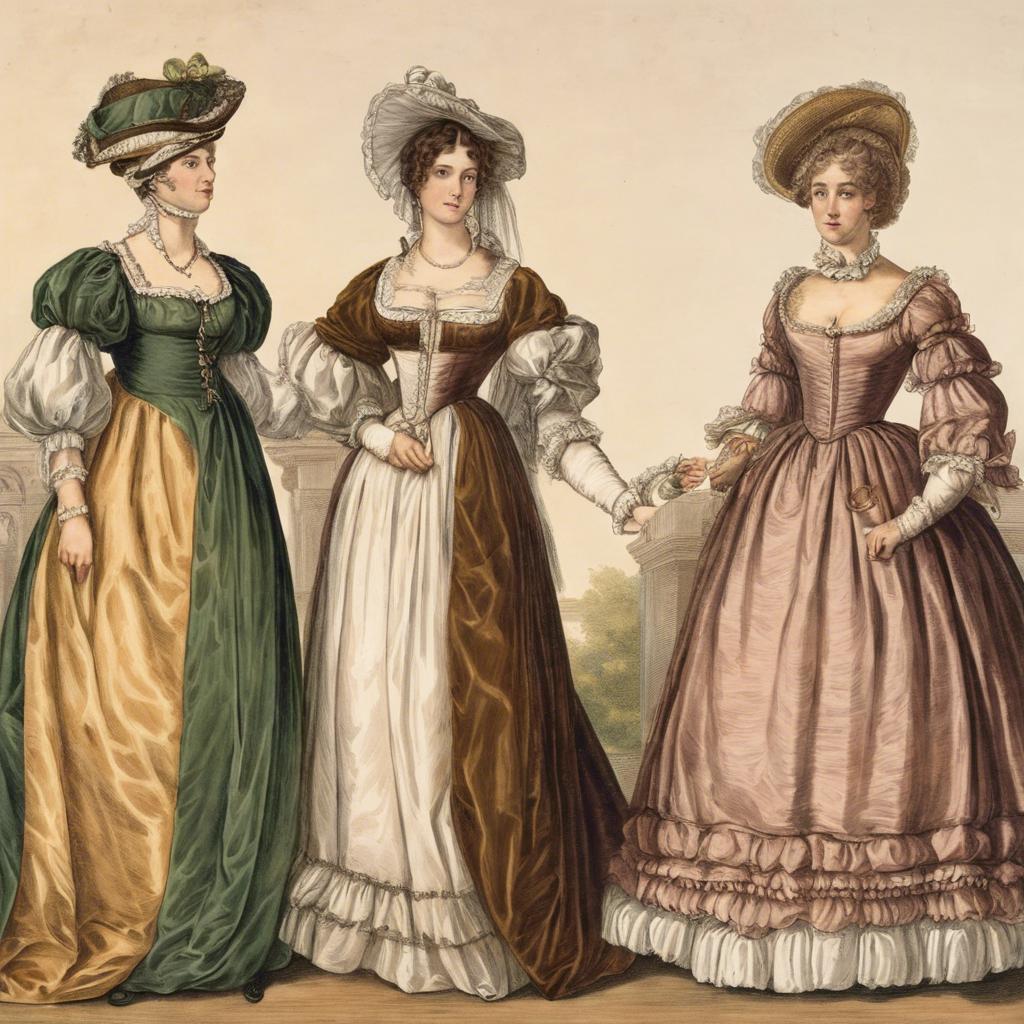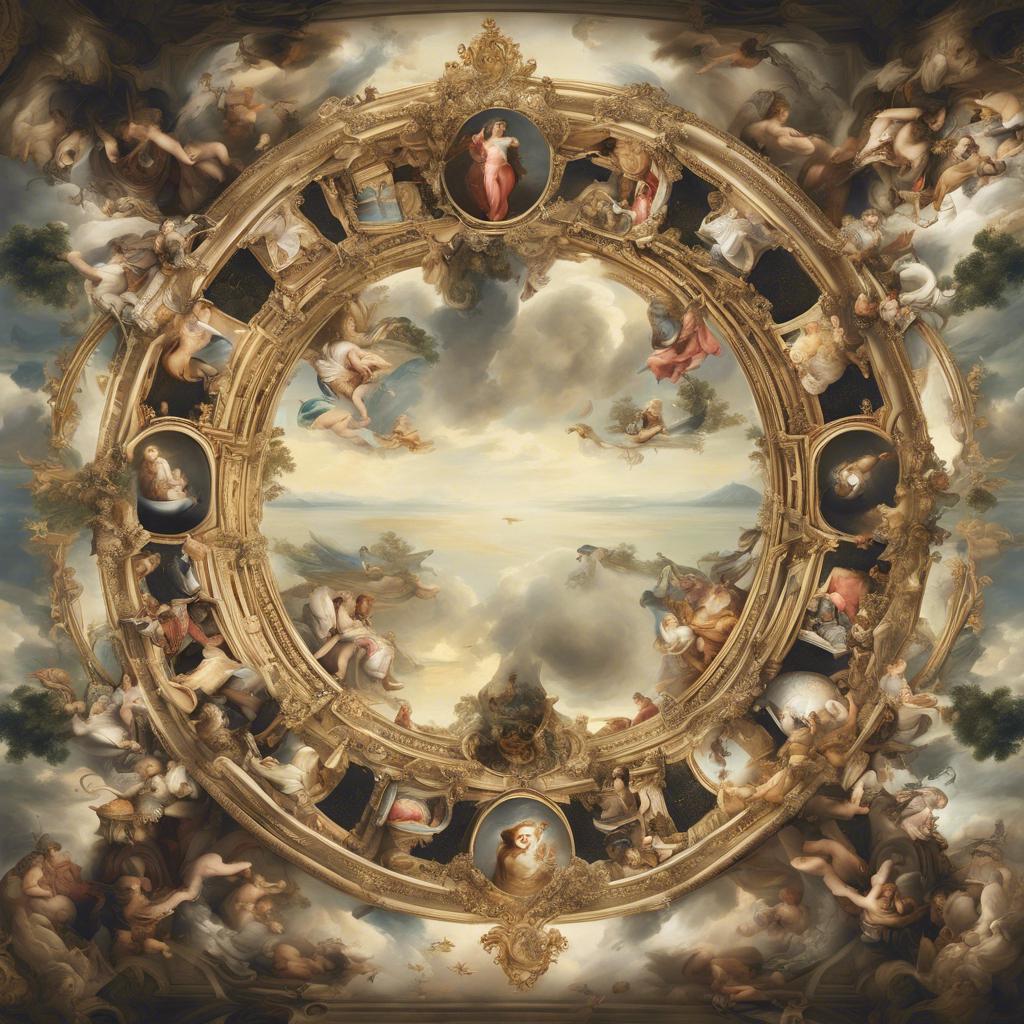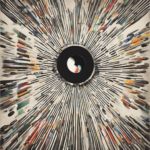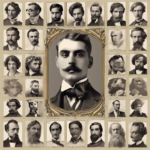In the grand tapestry of history, the Regency Era and the Renaissance stand as two vastly different periods that have left an indelible mark on the fabric of society. From the elegant refinement and social upheaval of the early 19th century Regency Era to the artistic and intellectual renaissance of the 14th to 17th centuries, these epochs represent distinctive cultural, political, and artistic movements that continue to captivate and intrigue scholars and enthusiasts alike. In this article, we delve into a comparative exploration of the Regency Era and the Renaissance, illuminating the nuanced differences and similarities that define these pivotal moments in history.
Step Into the World of Cheryl Bolen
Dive into the enchanting stories of love, intrigue, and elegance set in the Regency Era. Cheryl Bolen's novels offer timeless romance and captivating tales that will leave you wanting more.
Explore Cheryl Bolen's Books Now
Key Differences Between Regency Era and Renaissance Fashion
In the Regency Era, which lasted from 1811 to 1820, fashion was characterized by regency era kleider”>high waistlines and slim silhouettes. Women wore empire waist dresses made of lightweight fabrics such as muslin, with delicate details like lace and embroidery. Men’s fashion featured tailored coats, waistcoats, and trousers, often in muted colors like black, navy, and grey.
On the other hand, Renaissance fashion, which spanned from the 14th to the 17th century, was marked by elaborate and extravagant styles. Women wore corsets, farthingales, and hoop skirts to create exaggerated silhouettes, while men donned doublets, breeches, and ruffs. Rich fabrics like velvet, silk, and brocade were commonly used in Renaissance attire.
Key Differences:
- In the Regency Era, fashion focused on simplicity and elegance, while Renaissance fashion was ornate and opulent.
- Regency Era clothing featured high waistlines and slim fits, in contrast to the exaggerated shapes of Renaissance attire.
- Materials used in Regency Era fashion were lightweight and delicate, while Renaissance clothing was crafted from rich, heavy fabrics.
Comparing Cultural Influences on Art and Literature in the Regency Era and Renaissance Period
In the Regency Era, art and literature were heavily influenced by the social and political landscape of the time. The refinement and elegance of Regency culture shaped the works of artists and writers, leading to a focus on romantic themes and societal commentary. Artists like George Stubbs and writers like Jane Austen captured the essence of Regency society through their work, highlighting the relationships and struggles of the upper class.
On the other hand, the Renaissance Period was characterized by a revival of classical ideals and a newfound emphasis on humanism. Artists and writers during this time, such as Leonardo da Vinci and William Shakespeare, looked to the past for inspiration while also pushing the boundaries of artistic expression. The rich cultural exchange and patronage of the arts fostered a creative environment that produced some of the most iconic works in history.
While both periods saw significant advancements in art and literature, the Regency Era and Renaissance Period differed in their cultural influences. The Regency Era focused on the refinement of society and the exploration of human emotions, while the Renaissance Period embraced a revival of classical ideals and a celebration of the human experience. Despite these differences, both periods left a lasting impact on the world of art and literature, influencing future generations of artists and writers.
Analyzing Political Structures and Societal Norms in Regency Era versus Renaissance Europe
In Regency Era Europe, the political structures were marked by a strict hierarchy and the prevalence of a powerful monarchy. The ruling monarch held absolute power, often with the support of a small group of nobles. This centralized authority allowed for efficient decision-making but also led to a lack of representation for the common people. Societal norms in Regency Era Europe emphasized etiquette, social class distinctions, and strict protocols for behavior.
On the other hand, Renaissance Europe saw a shift towards more decentralized political structures. City-states, such as Florence and Venice, emerged as centers of power, fostering a spirit of competition and innovation. The Renaissance period also witnessed the rise of republican ideals, with some regions embracing forms of government based on citizenship and civic participation. In terms of societal norms, the Renaissance was characterized by a revival of classical learning, humanism, and a growing emphasis on individualism.
When comparing the political structures and societal norms of Regency Era Europe and Renaissance Europe, it is clear that each time period had its own unique characteristics and influences. While Regency Europe was marked by centralized monarchies and rigid social hierarchies, Renaissance Europe saw a more decentralized approach to governance and a flourishing of intellectual and artistic pursuits. Understanding these differences can provide valuable insights into the historical development of European societies.
| Regency Era Europe | Renaissance Europe |
| Centralized monarchies | Decentralized city-states |
| Rigid social hierarchies | Emphasis on individualism |
Recommendations for Further Exploration and Research in Regency Era and Renaissance Studies
When diving into the worlds of Regency Era and Renaissance studies, there are endless opportunities for further exploration and research. To continue delving into these captivating time periods, consider the following recommendations:
Regency Era:
- Explore the works of prominent Regency Era authors such as Jane Austen, whose novels shed light on the societal norms and customs of the time.
- Investigate the political landscape of the Regency Era, particularly the impact of the Napoleonic Wars and the rise of the Prince Regent.
- Study the fashion and architecture of the Regency Era, noting the influence of neoclassical design and elegant aesthetics.
Renaissance:
- Examine the artistic achievements of the Renaissance period, from the masterpieces of Leonardo da Vinci to the sculptures of Michelangelo.
- Research the scientific advancements of the Renaissance, including the groundbreaking discoveries of figures such as Galileo and Copernicus.
- Explore the cultural and intellectual flourishing of Renaissance Italy, where ideas in art, literature, and philosophy thrived.
Final Thoughts
the Regency Era and the Renaissance were two distinct periods in history that significantly influenced art, culture, and society. While the Renaissance was characterized by a revival of classical learning and a flourishing of the arts, the Regency Era was marked by a sense of elegance, refinement, and social change. Both eras were pivotal in shaping the world as we know it today, and studying the differences between them provides valuable insights into the evolution of Western civilization. By appreciating the unique characteristics of each era, we can gain a deeper understanding of the complexities of history and the enduring impact of artistic and cultural movements.


